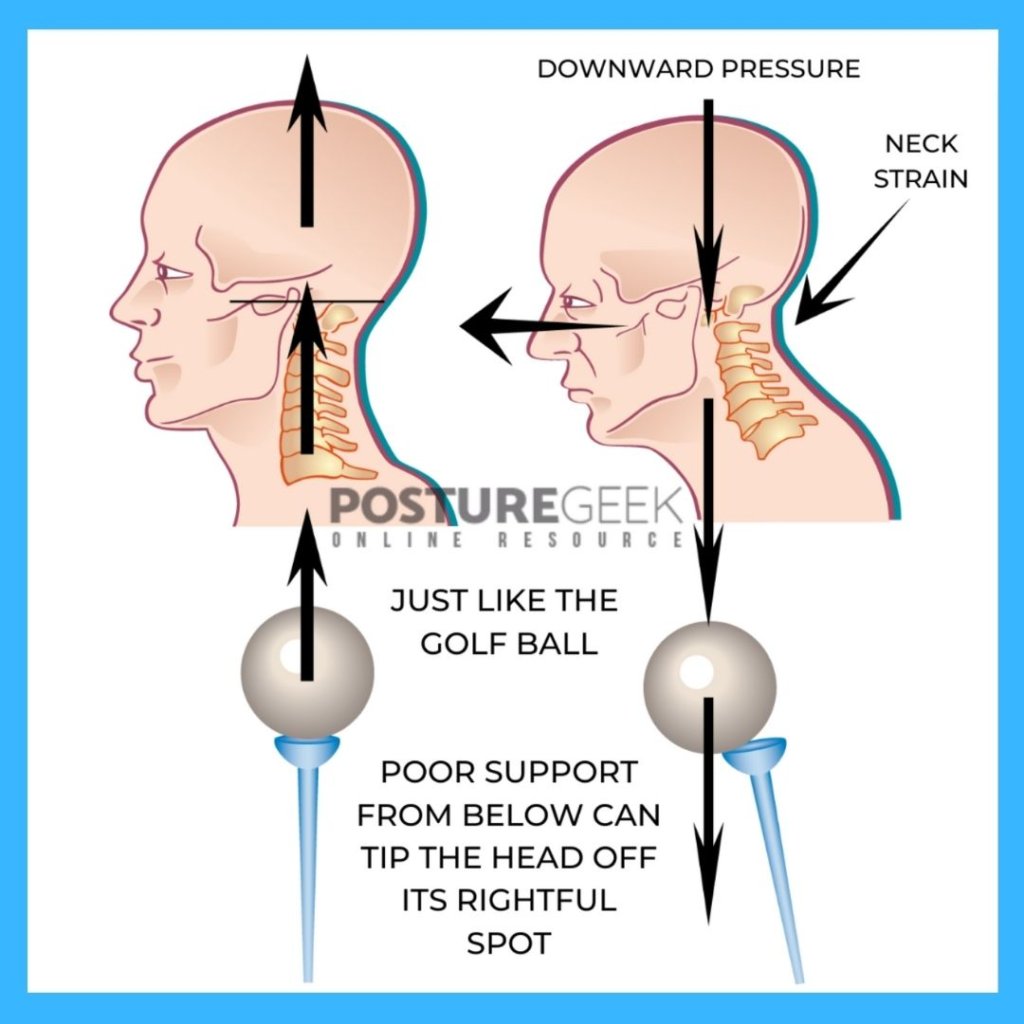The lifestyle changes that many of us are experiencing during these ‘working from home’ seasons, and I say ‘seasons’ because I am currently in NSW and living life with the lockdown rollercoaster ride the southerners are experiencing! These times are providing additional challenges for patients. Because I assist patients across the country, I know that there has been a significant increase in the presentation of head, neck and TMJ (temporomandibular joint) pain and problems experienced by clients of all ages.
𝑾𝒉𝒚?
Well, let’s look at some of the often-unnoticed changes that affect body posture and jaw relationship.
Patients often adopt less than ideal postures when working at temporary home offices, dining tables or couches. Usually, the head is tilted forward, and the mandible is then rotated backwards very slightly. This postural change places compensatory traction on the hyoid bone (a free-floating bone under the chin). The hyoid bone is connected to the neck, jaw, tongue and shoulder muscles – ten muscles all up!. 𝑇ℎ𝑖𝑛𝑘 𝑎𝑏𝑜𝑢𝑡 ℎ𝑜𝑤 𝑦𝑜𝑢 𝑢𝑠𝑒 𝑦𝑜𝑢𝑟 𝑙𝑎𝑝𝑡𝑜𝑝𝑠 𝑜𝑟 𝑡𝑎𝑏𝑙𝑒𝑡𝑠!

𝑺𝒐, 𝒘𝒉𝒂𝒕 𝒑𝒓𝒐𝒗𝒊𝒅𝒆𝒔 𝒑𝒂𝒊𝒏 𝒂𝒏𝒅 𝒅𝒊𝒔𝒄𝒐𝒎𝒇𝒐𝒓𝒕?
The simple act of keeping the head tilted forward actually ‘stresses’ out the jaw joint, neck, head and upper back muscles and ligaments.
The mouth drops open (gravity), and the tongue lays on the floor of the mouth. However, to not appear to have their mouth open, hold their teeth together, and place additional strain on the TMJ muscles and ligaments. The muscles become strained over time and, this produces pain as a kind of protective measure. The use of the joint is then extra uncomfortable and painful.
In addition, this head, jaw and tongue position reduces the airway space and nasal breathing ability and the patient switches to mouth breathing. Even in this position, with compromised mouth breathing, the intake of oxygen is restricted, and, to open the airway, the brain drives the jaw forward, which often results in a clenching or teeth grinding habit. Eventually, those muscles will begin to complain as well!
So, let’s as the question again…
𝐴𝑟𝑒 𝑦𝑜𝑢 ℎ𝑎𝑣𝑖𝑛𝑔 𝑎 𝑙𝑖𝑡𝑡𝑙𝑒 𝑚𝑜𝑟𝑒 𝑡𝑟𝑜𝑢𝑏𝑙𝑒 𝑤𝑖𝑡ℎ 𝑦𝑜𝑢𝑟 𝑇𝑀𝐽 𝑚𝑢𝑠𝑐𝑙𝑒𝑠 𝑡ℎ𝑒𝑠𝑒 𝑑𝑎𝑦𝑠?
Orofacial Myofunctional Therapy is an important part of your road to recovery and of course, TOfM can help!
The following link to this study provides additional information. https://www.ncbi.nlm.nih.gov/pmc/articles/PMC5656808/?fbclid=IwAR20L-FVVFD-K_7yWg2q-7sLBNValvOclq3KU0EA35m1y0K7sCEaAo1ZzUY
#breathingretraining #oraltone #swallowingcorrection #tonguetieevaluation #postsurgeryrehabilitation #mouthbreathinghabits #TMJpainanddysfunction #tofm #tomfclinic #townsvilleorofacialmyology
